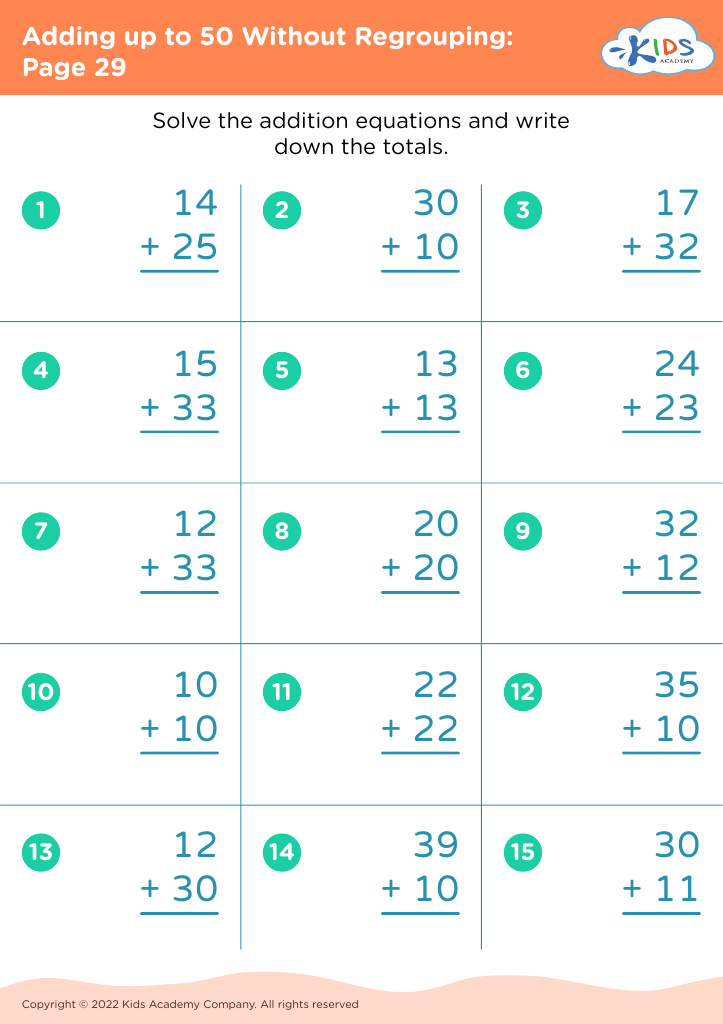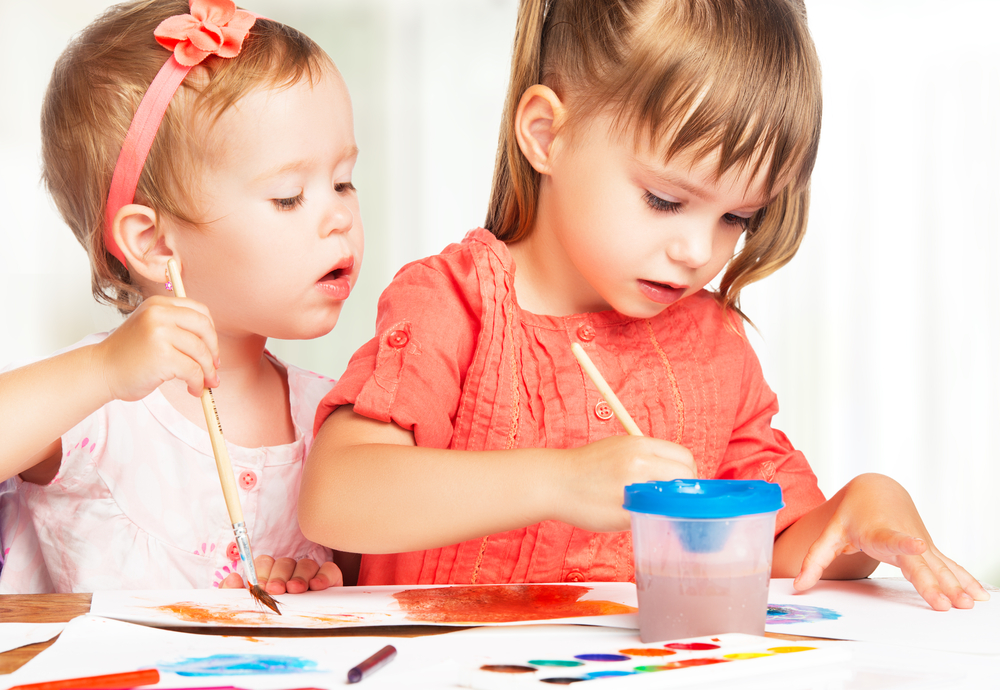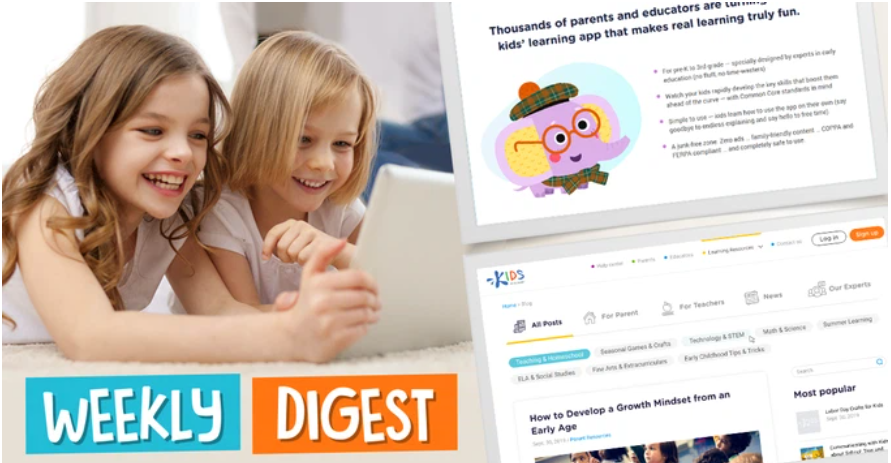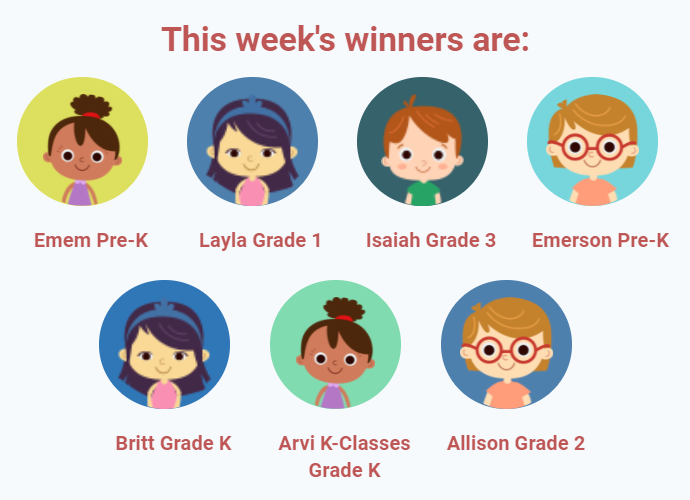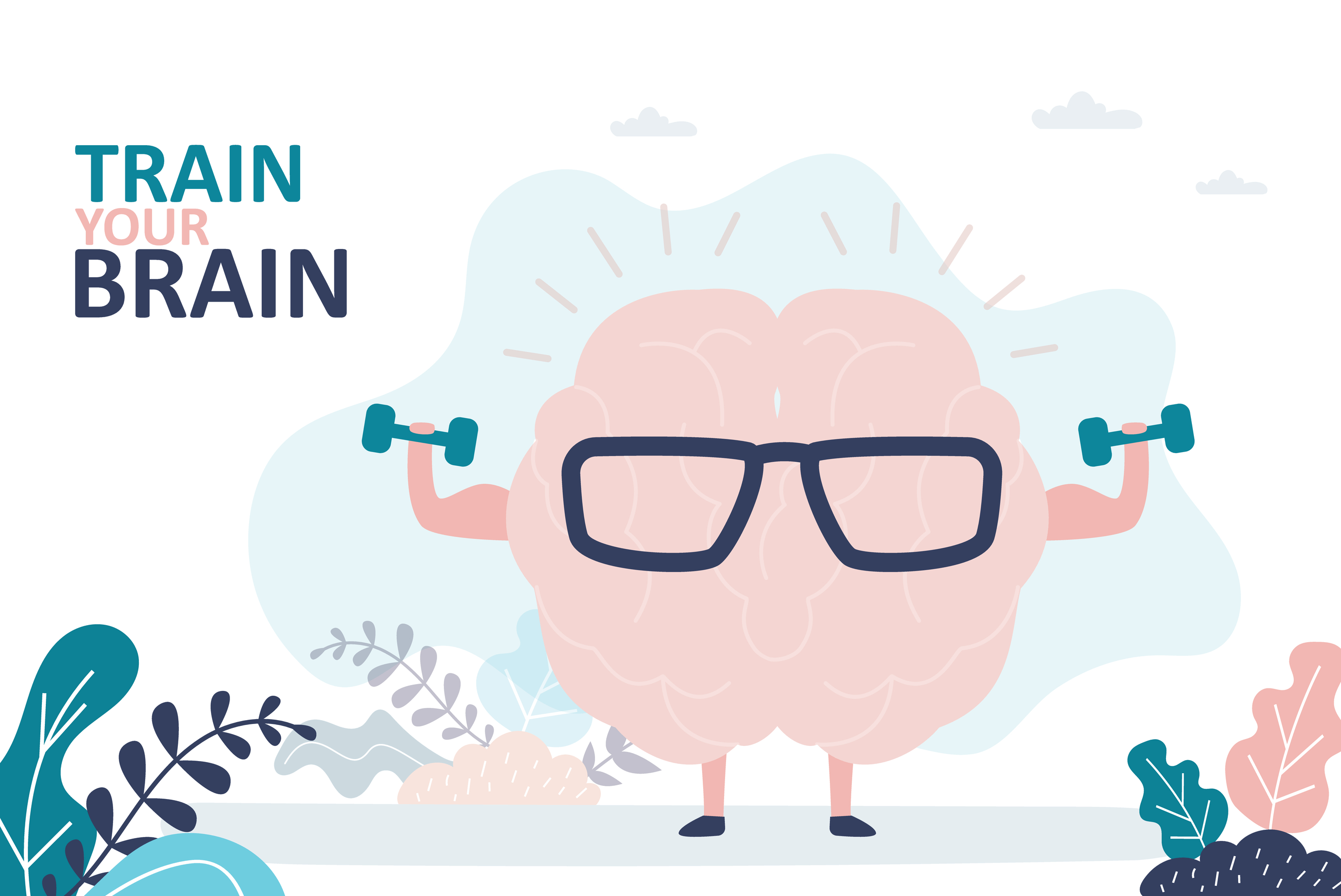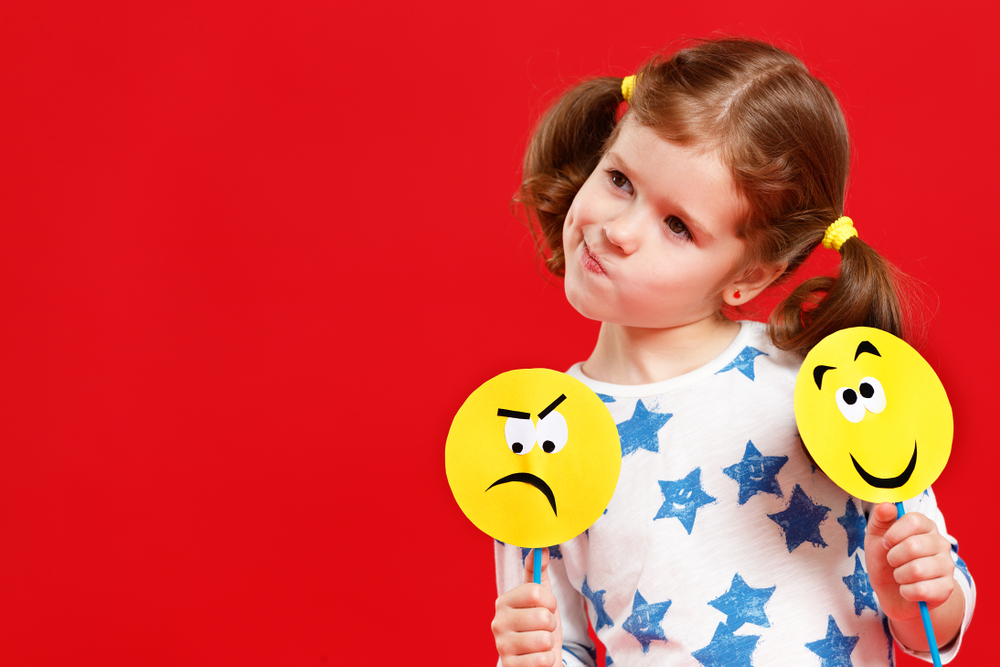Comparing objects Worksheets for Ages 4-9
10 filtered results
-
From - To
Enhance your child's understanding of comparison with our engaging "Comparing Objects Worksheets" designed for ages 4-9. These interactive worksheets help young learners grasp key concepts such as size, shape, and quantity through fun activities. By encouraging critical thinking, students will learn to identify similarities and differences among various objects, fostering essential analytical skills. Suitable for use at home or in the classroom, our worksheets also support early math literacy by integrating playful, hands-on learning experiences. Dive into our collection today and watch your child's confidence soar as they master the art of comparison in a delightful way!
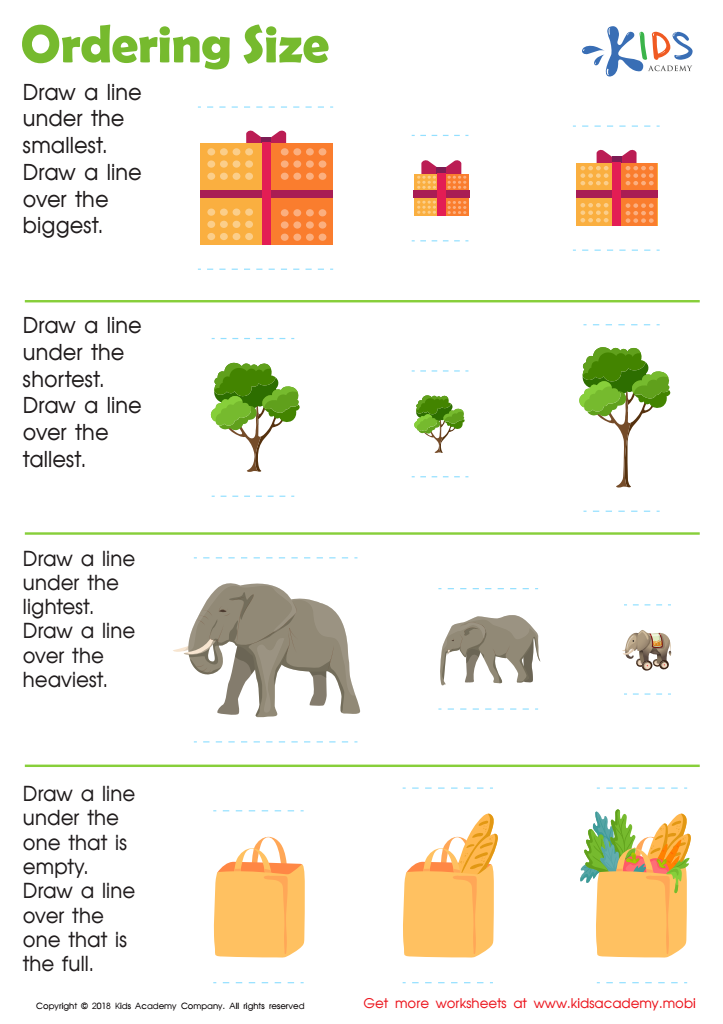

Ordering Size Worksheet
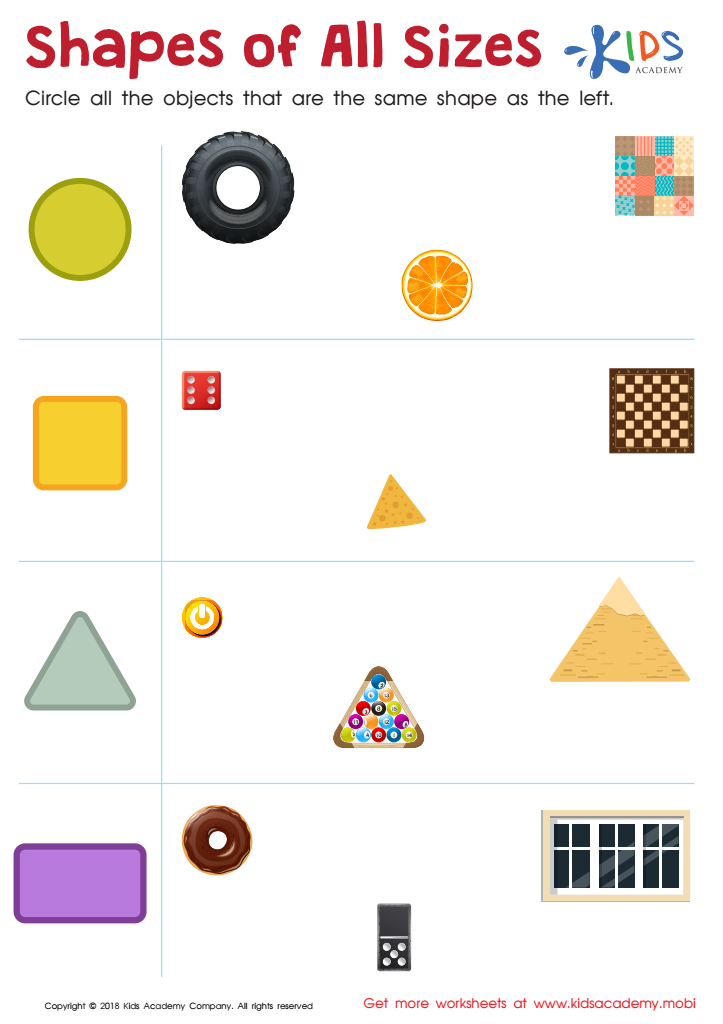

Shapes of All Sizes Worksheet
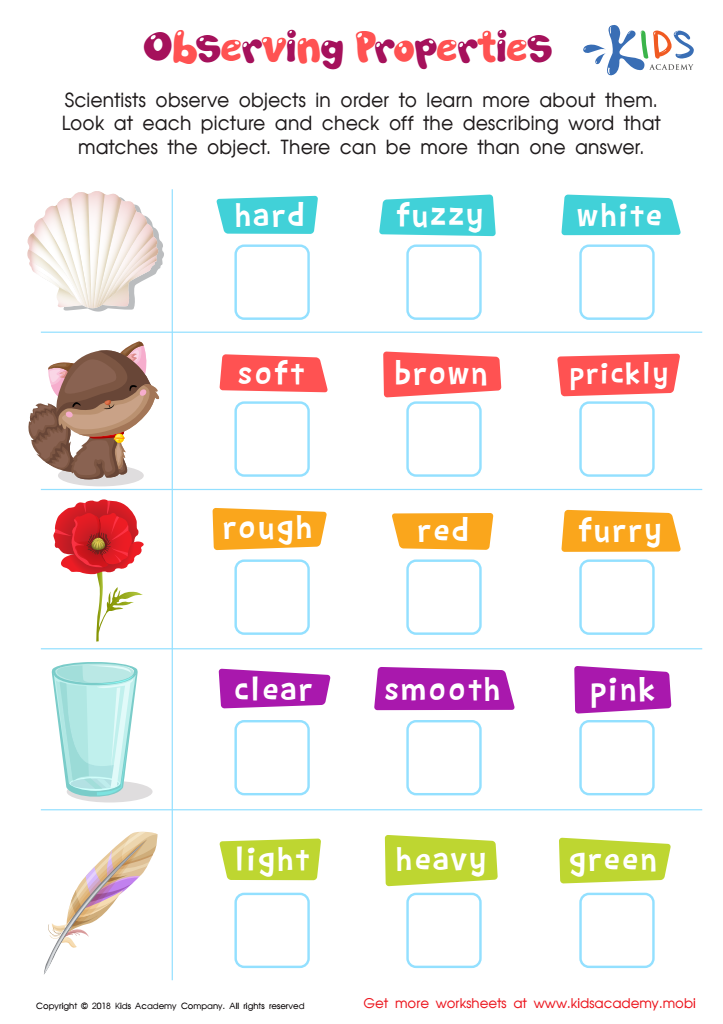

Observing Properties Worksheet
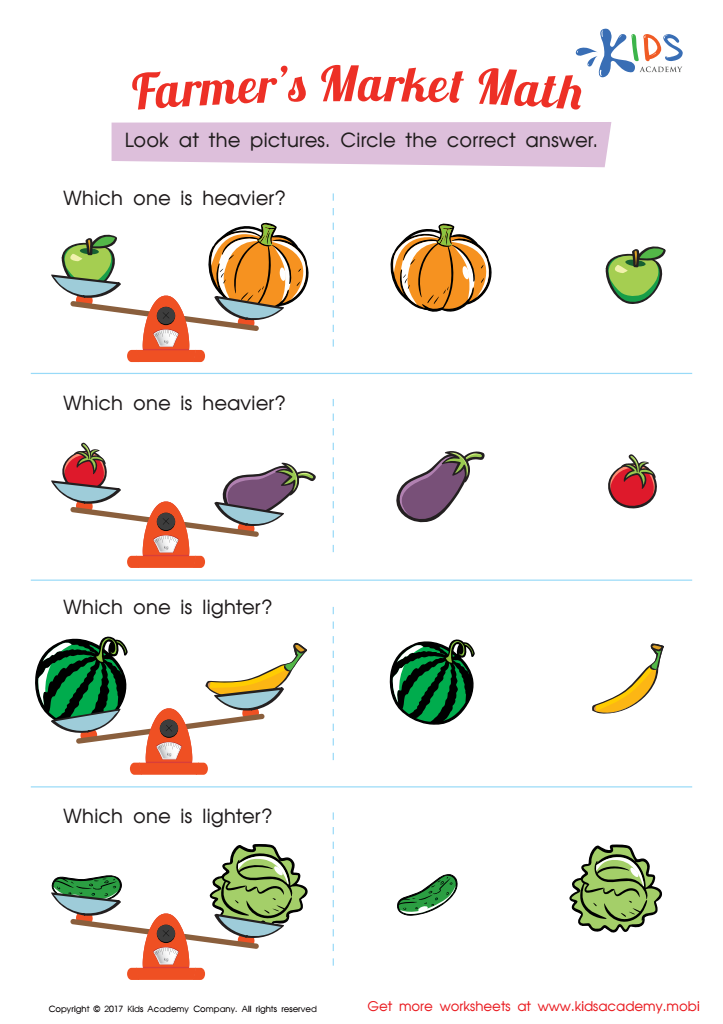

Which One Is Heavier Worksheet
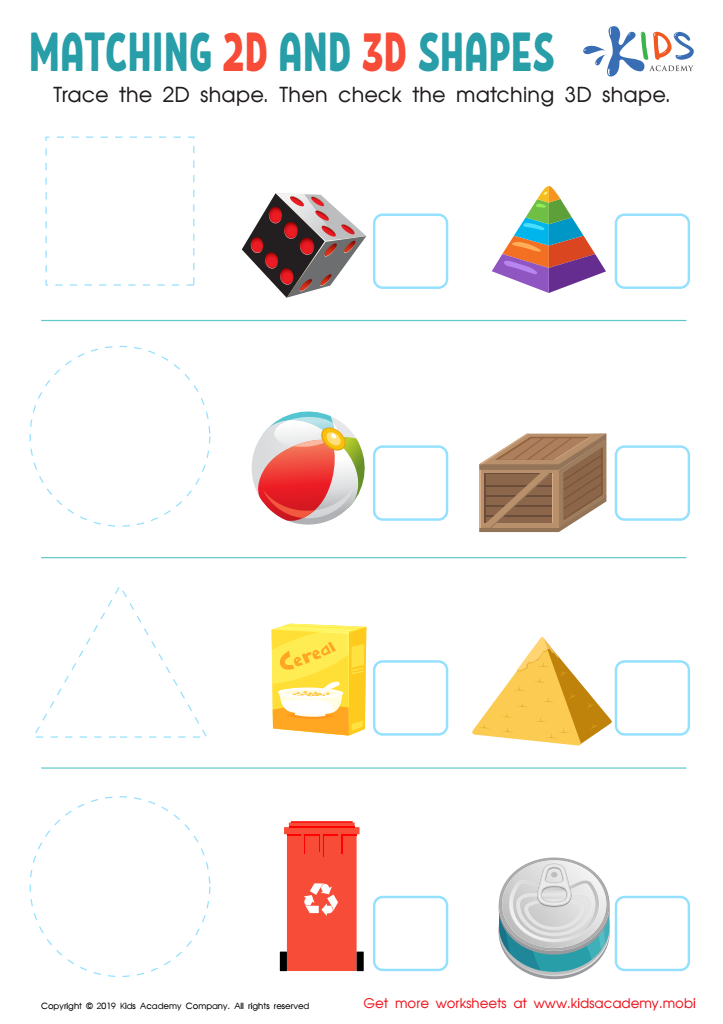

Matching 2D and 3D Shapes Worksheet
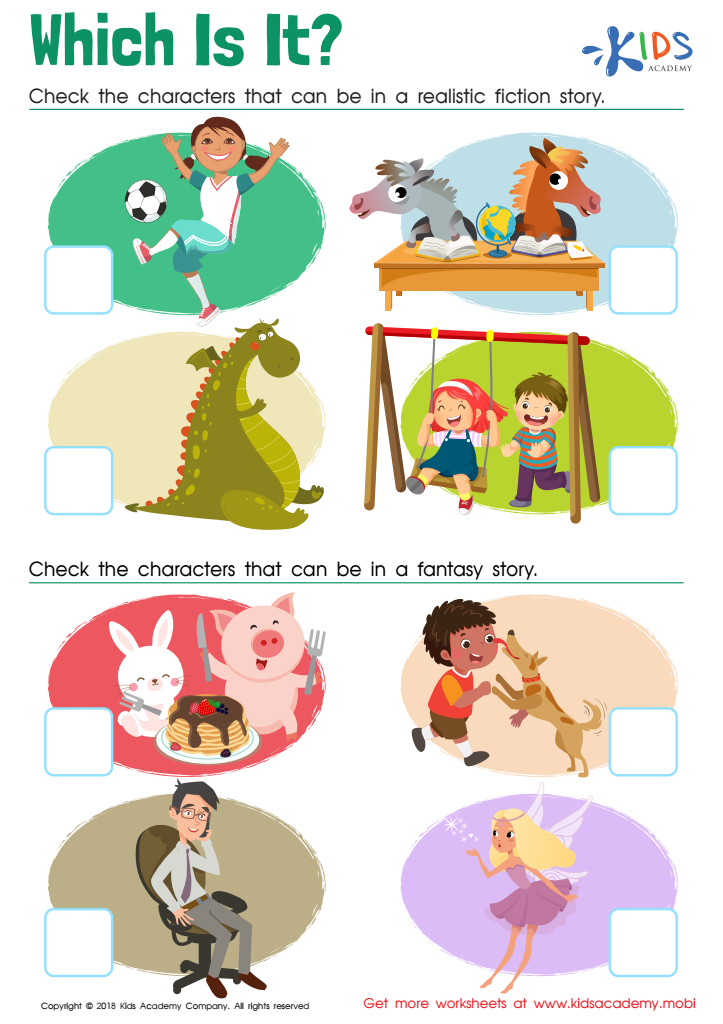

Which Is It? Worksheet
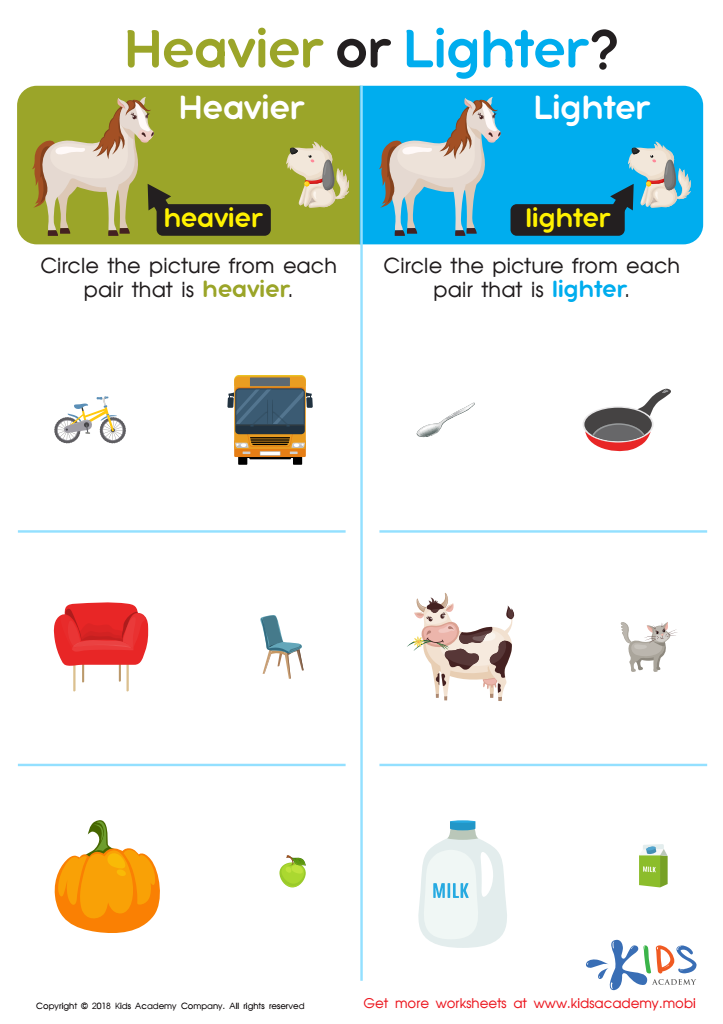

Heavier or Lighter? Worksheet
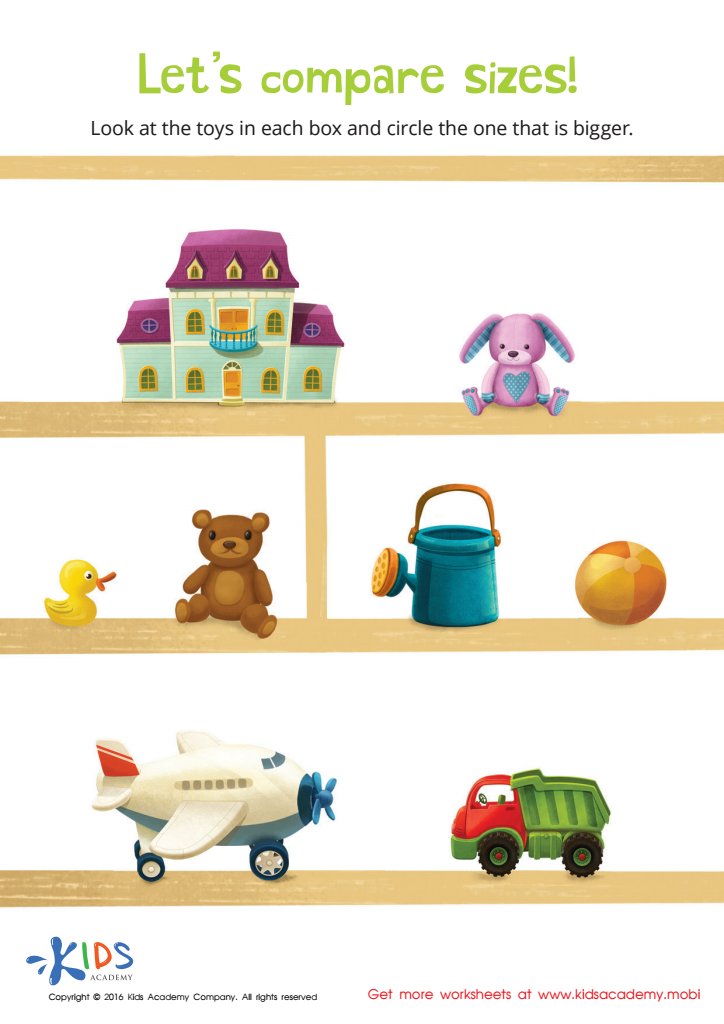

Classifying by Size Sorting Worksheet
Comparing objects is a fundamental skill that plays a crucial role in the cognitive development of children aged 4-9. Parents and teachers should care about this ability because it lays the foundation for critical thinking and problem-solving. During this stage, children learn to identify similarities and differences, which helps them make sense of the world around them. For instance, by comparing sizes, shapes, and colors, children enhance their observational skills and attention to detail.
Additionally, comparative skills foster early mathematical understanding. Children begin to grasp concepts of quantity, measurement, and basic algebraic thinking through activities that involve comparison, such as sorting, ranking, and classifying objects. This skill set is essential as it leads to more complex mathematical concepts later in their education.
Moreover, comparing objects supports language development. When children articulate their thoughts about similarities and differences, they expand their vocabulary and improve communication skills. This discourse encourages them to express their observations, boosting their confidence.
In essence, prioritizing the teaching of comparison helps children become critical thinkers, problem solvers, proficient communicators, and prepares them for future academic success. Thus, recognizing its significance is vital for parents and educators alike.
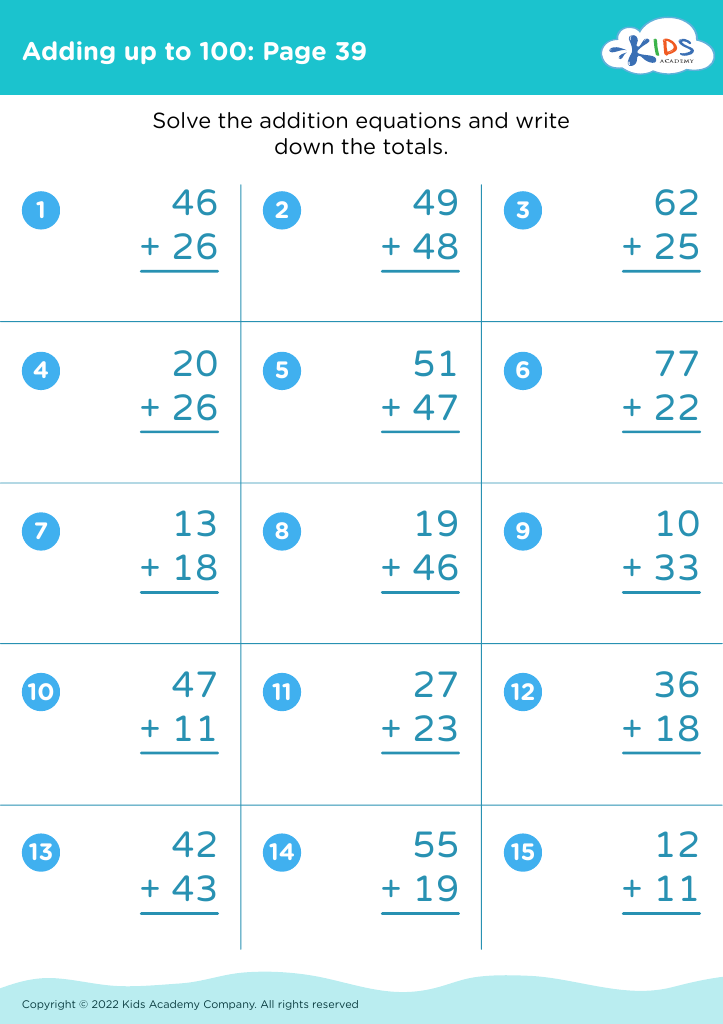

 Assign to My Students
Assign to My Students
